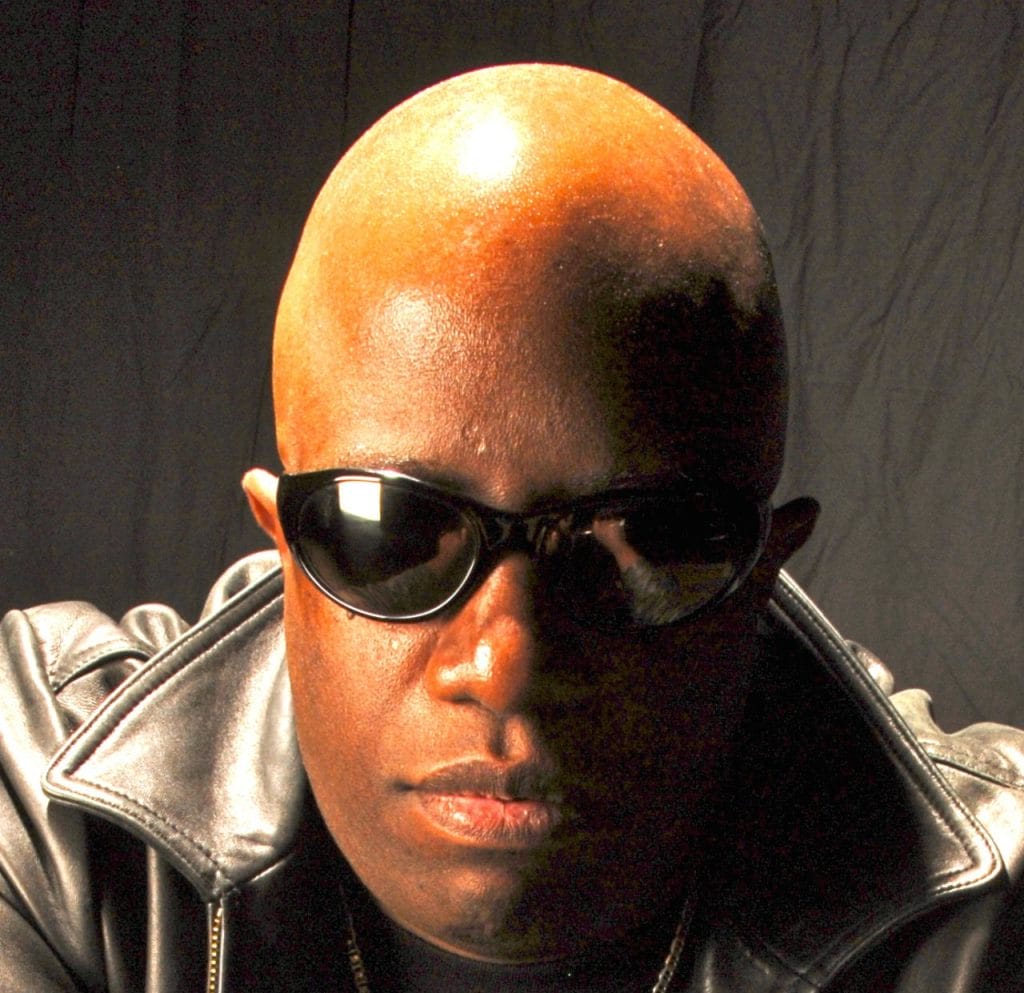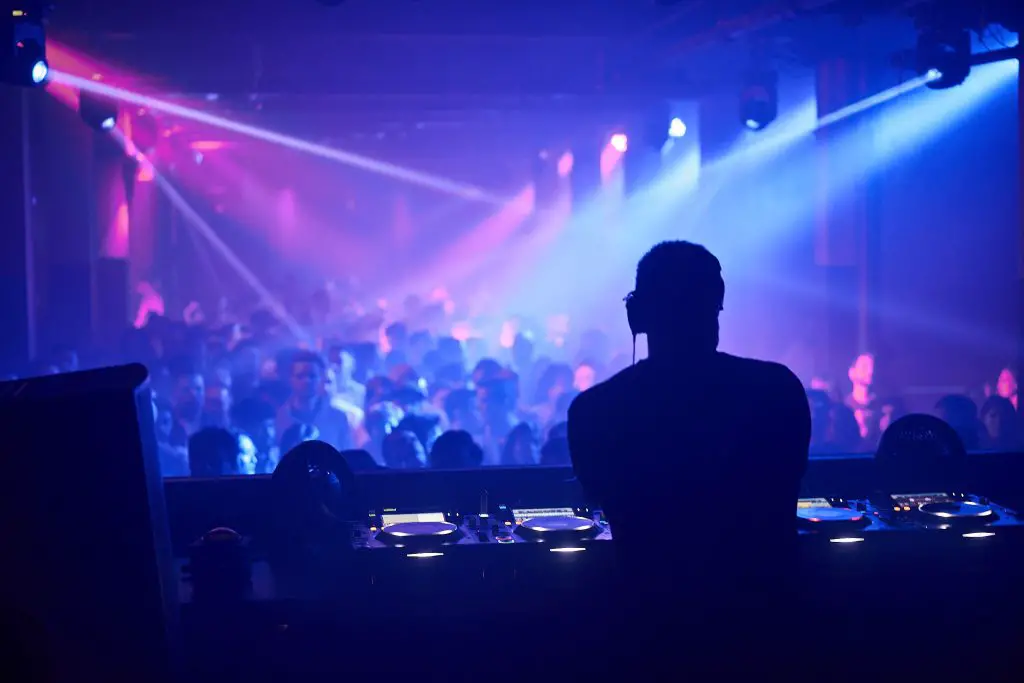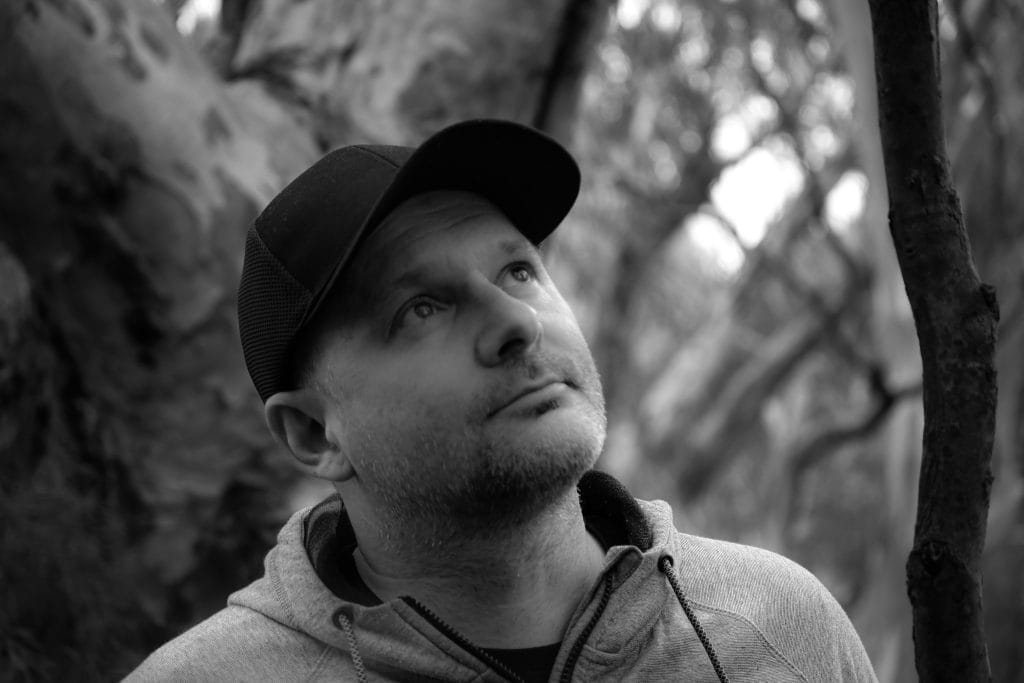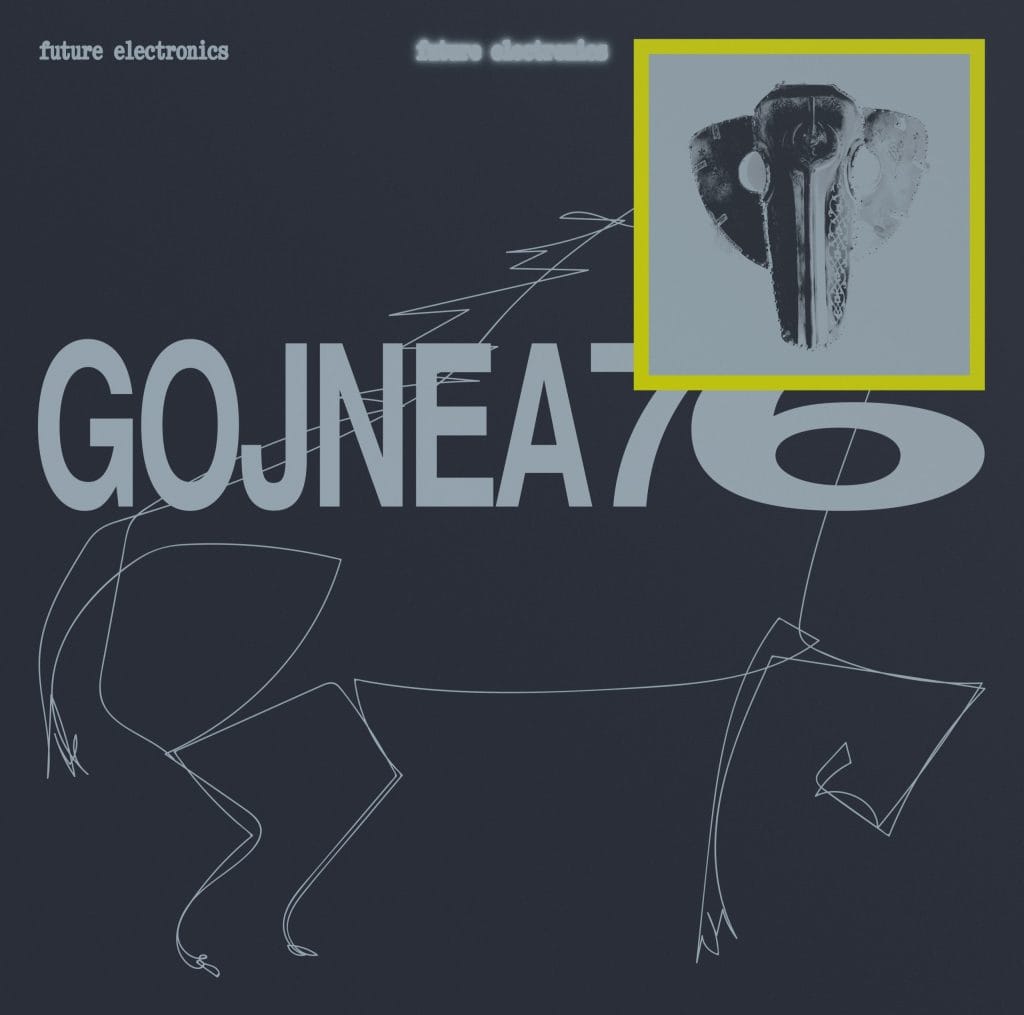
How It Was Made: Gojnea76 – Punisher Braila
A fiercely independent artist who focuses on releasing via Bandcamp, Romanian producer Gojnea76 has pioneered a new sub-genre with his unlikely marriage of styles, creating what has been described as a logical progression of house music.
Braila-born Gojnea76 is noted for playing and producing music that is more extroverted and funk-laden. As the head of Future Electronics, a label he launched in 2024, Gojnea76 (or G76)has birthed a hub for such musical stylings with its first two releases—‘Level Up’ LP and ‘On This’ EP—flawlessly epitomising the experimental mindset of its founder.
“I make a living from electronic music, but all my life was and still is metal music, sludge, slam, hardcore, and punk”. Gojnea76 takes a lot of inspiration for his music from his rock music roots and his passion for motorsports. A passion that also nearly cost him his career, in 2007, he has a major crash on his motorbike and left him in a body cast for 3 months, and in 2018 suffered a fracture of his vertebrae, taking him on a long journey or rehabilitation, when in 2022 he could finally start making music again. A turning point for his career, he rebuilt from scratch, not only his body but his music.
For ‘Punisher Braila’, I didn’t use all the gear in my studio, that’s the direction I’m heading in more and more. I’ve noticed that the less gear I use, the more creative I get. For me, it just works that way. Limitation brings focus, and that focus pushes me to make better decisions, faster. What you hear on this EP is the result of a handful of machines I trust and know inside out.
Din Sync RE-909
The beast. My main drum machine, no question. There are a lot of clones out there, not just from Din Sync, but from all the units I’ve tried and owned, this one comes closest to the real deal. I crank the mixer preamps and let it rip, pure bangin’. What’s not to love about a 909? A classic through and through.
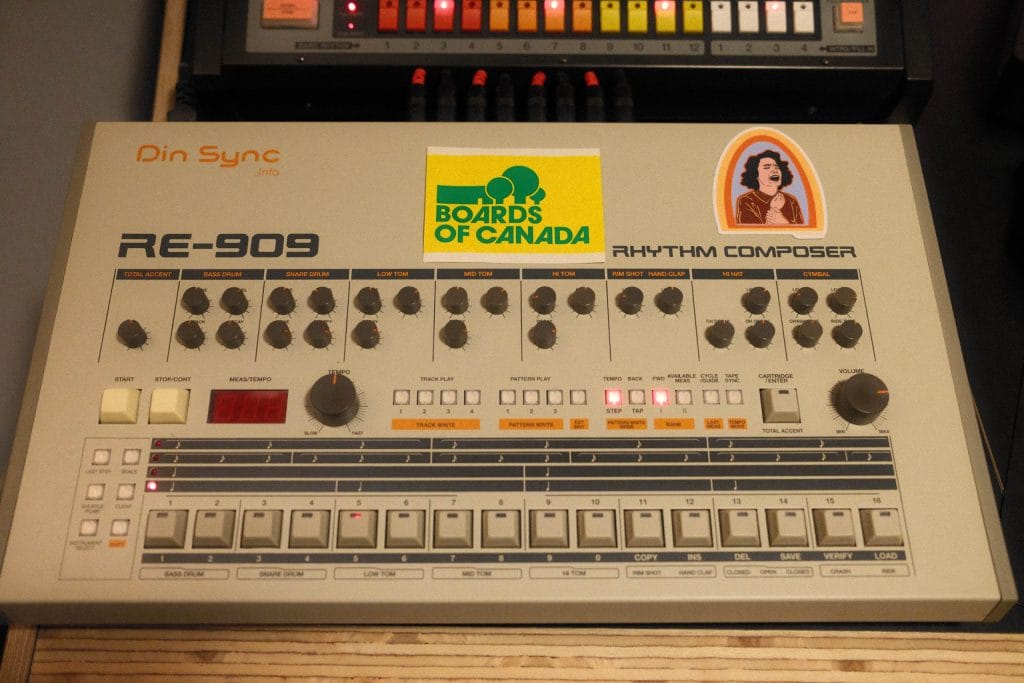
⸻
Din Sync RE-808
Whenever I’m feeling like diving into something a bit darker, I reach for the 808. For this EP, I used the cowbell (I love cowbell), toms, hi-hats, and sometimes the clap. That iconic 808 clap just does something to me. You can hear the cowbells in the intro of ‘Punisher Braila’ and again on ‘Sash’.
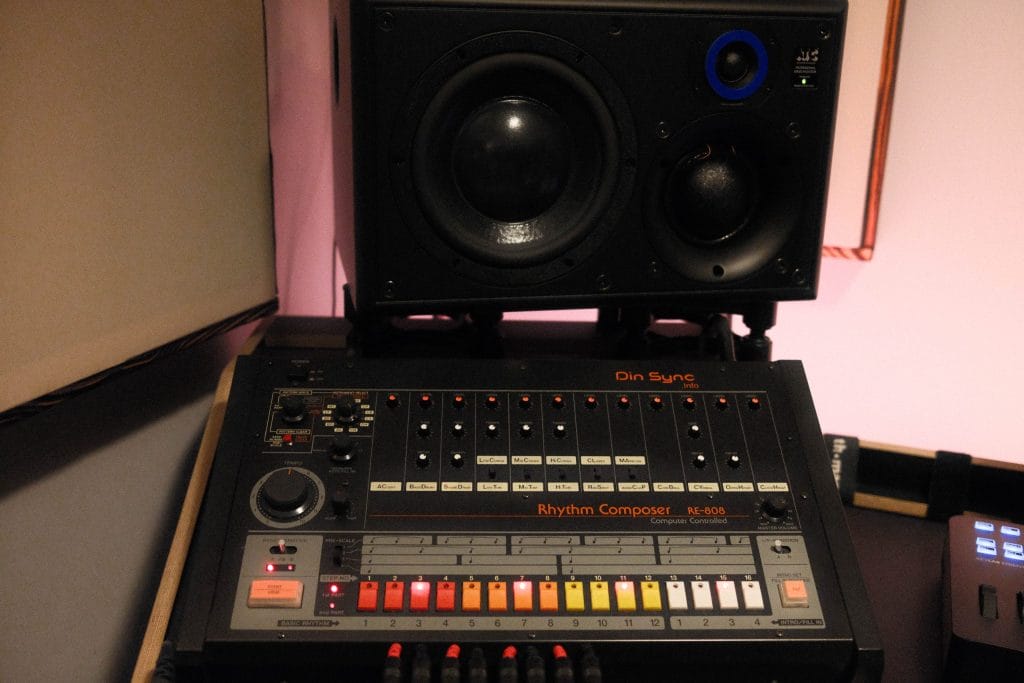
⸻
Elektron Octatrack MK2
This is the brain of my setup. I use it as my main sequencer and, of course, a sampler. Every track on the EP was made through the Octatrack. It controls both drum machines and synths, plus any samples, vocals, or whatever else I’m running. It’s my favorite piece in the studio. I worked on a Cirklon for a couple of years. I also tried great new sequencers, but for me, efficiency matters. The Octatrack gives me exactly what I need, no extras. The menu system can be a bit clunky at first, but once you’re in, you’re in. I’d recommend it to anyone; it’s powerful, tight, and does what you tell it.
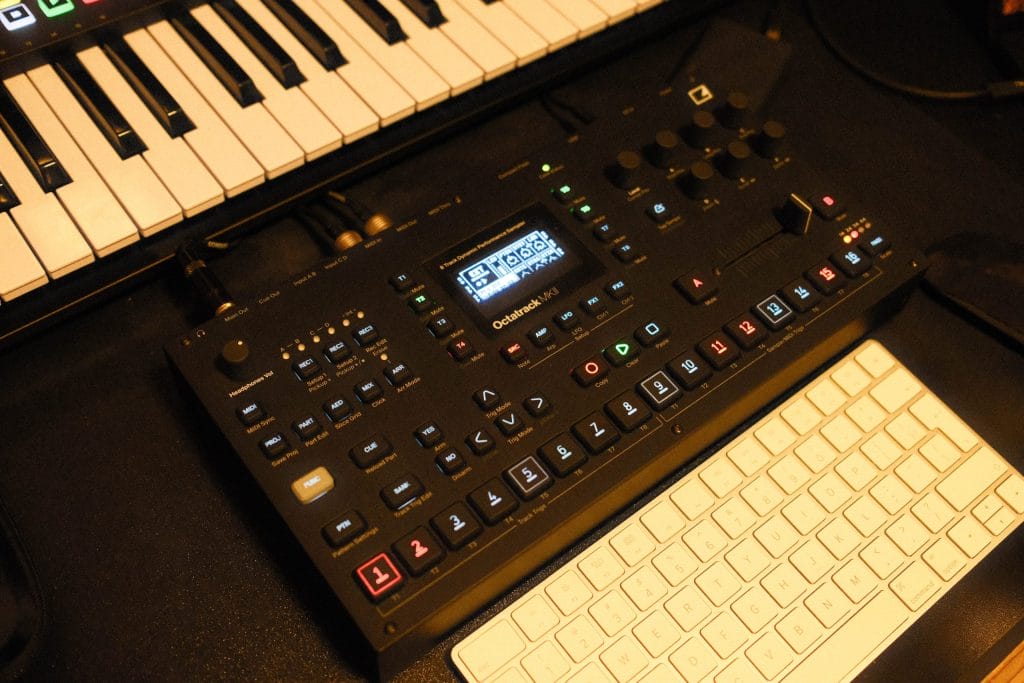
⸻
Din Sync RE-303
Another Din Sync machine. I was lucky that the engineer who built all three of my Din Sync pieces really cared about getting it right. You can’t tell the difference between this and the original. I usually run it through a preamp or some distortion, sometimes even throw a bit of reverb or echo on it. I used to hate the 303, now I absolutely love it.
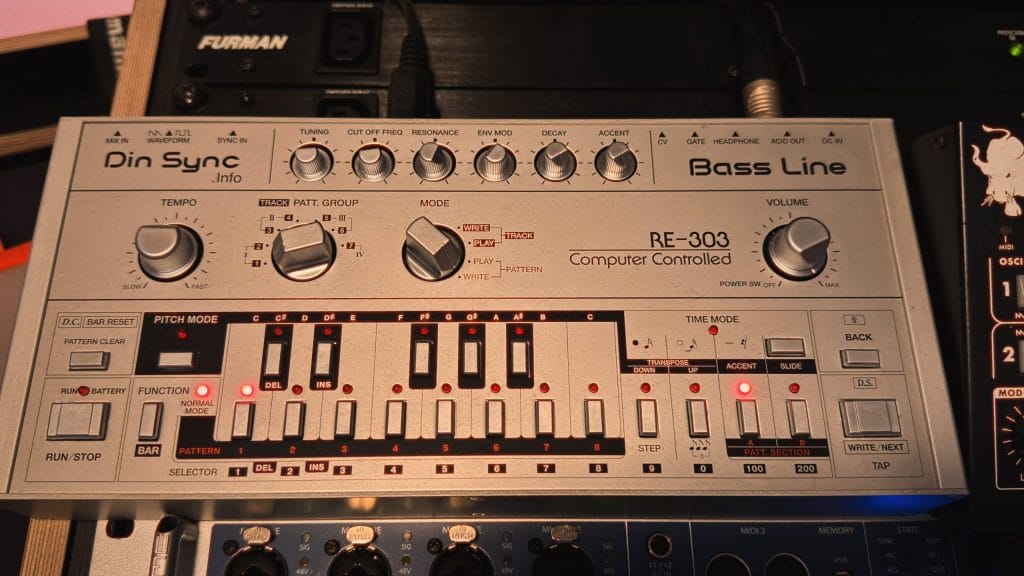
⸻
Waldorf Q & Moog Voyager
The Waldorf is my go-to synth. Pretty much everything I’ve done in the past two or three years, has been built on the Q. The community around this synth is still active, which means I can switch out presets every few months. Just when you think you’re bored of it, it surprises you again.
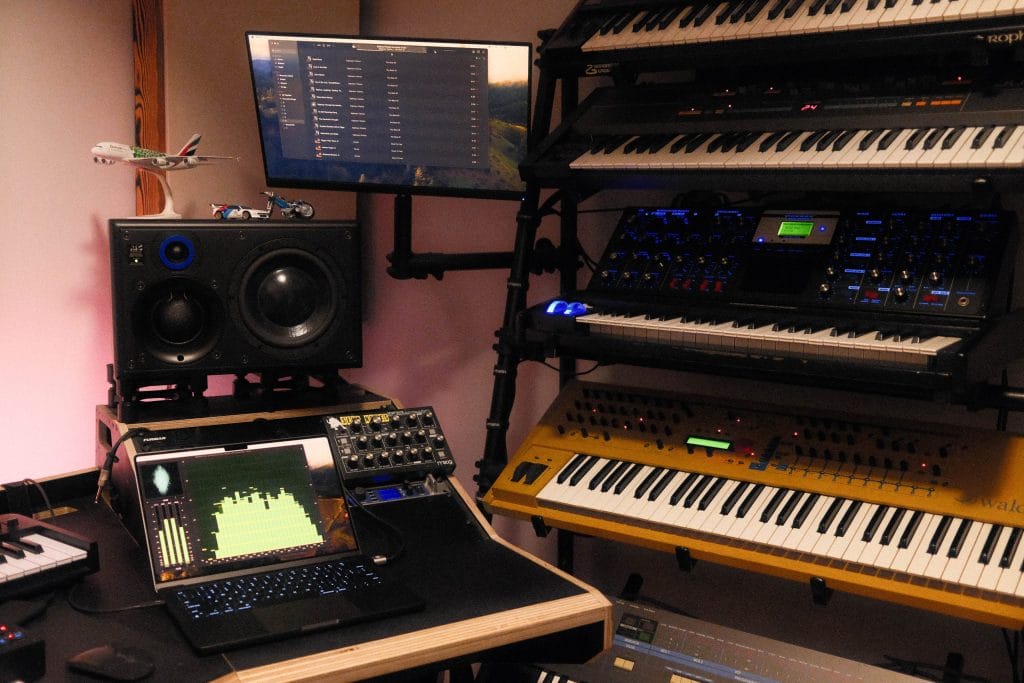
With the Moog Voyager, I like using both sub and bass in my tracks, and for bass, the Voyager doesn’t need an introduction. It’s a monster. I got it from a good friend, and it still impresses me every time I go for a sine/ square wave or something simple and heavy. On ‘Sash’, ‘Let’s Chat’, and ‘Nights’, you can hear it doing exactly what it does best. For ‘Punisher Braila’, I worked a lot remotely, just on my laptop, while touring, using digital tools like VSTs from Roland Cloud. Then, whenever I got back to the studio, I’d run the same sequences on the actual hardware like the 909 or 808. Still, I feel like digital is getting closer and closer to analog in terms of sound. When it comes to feeling and flow, that’s a different story, but in terms of sound, damn, they’re really good now. I don’t stick to analog only, I enjoy working hybrid or even fully digital when I’m away from the studio. I’m starting to really enjoy this process, mostly working in hotel rooms, it hits differently. It’s not better, not worse, just different. And I like that.
⸻
Roland Juno-106
I mostly use it for sub bass. The pads are stunning too, but I’ve always gravitated toward the low end on this one. There’s something about the Juno bass in the club; it feels like it’s trying to hurt you in the best way. It’s aggressive, in your face, no apologies.
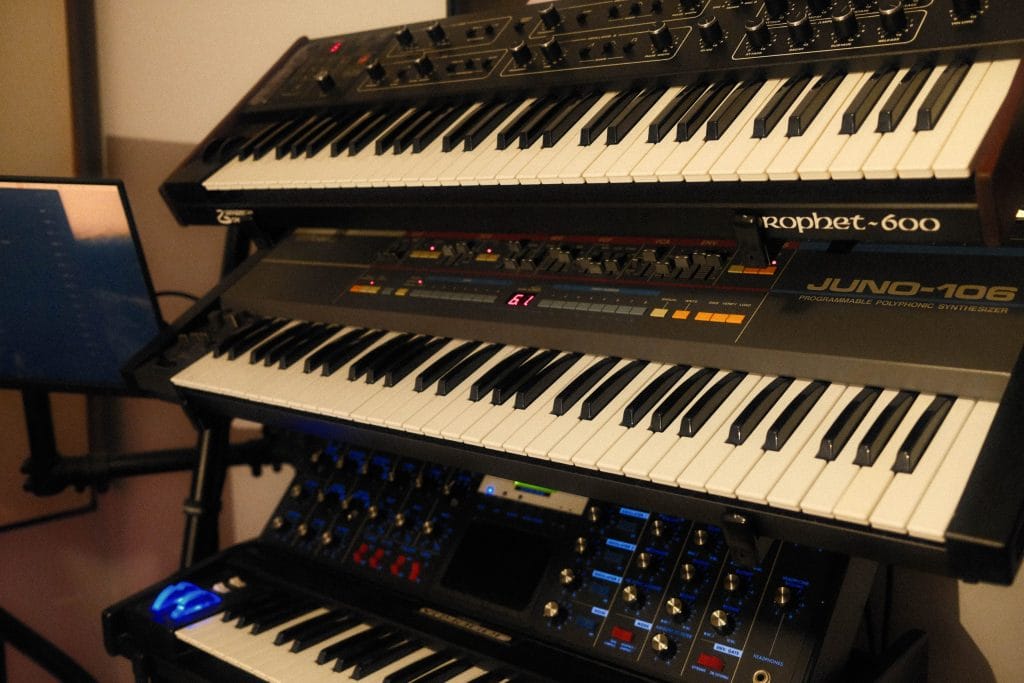
⸻
Grab your copy here.

